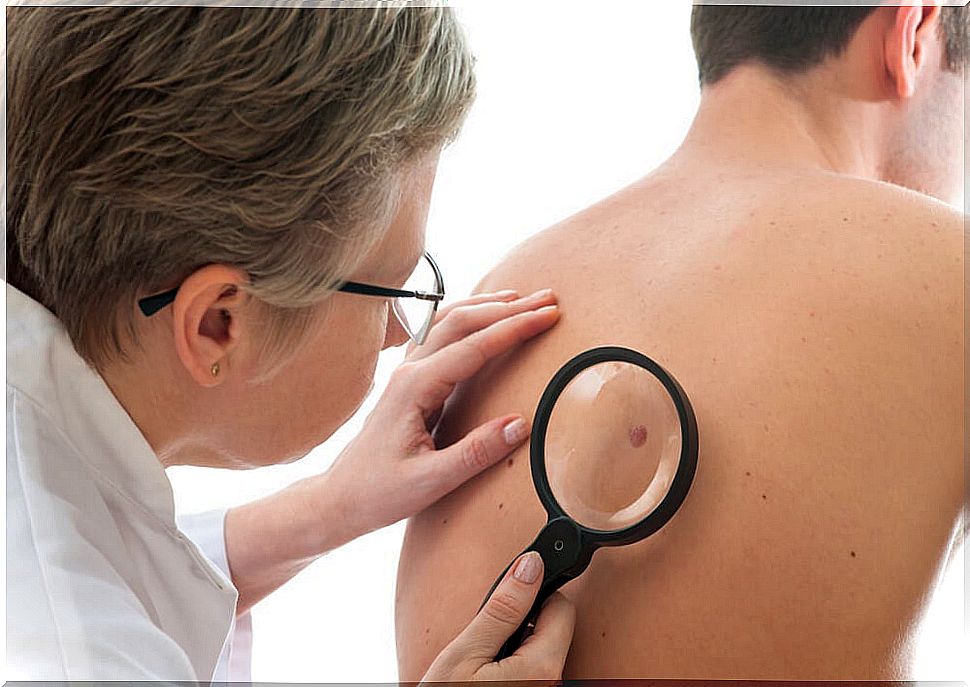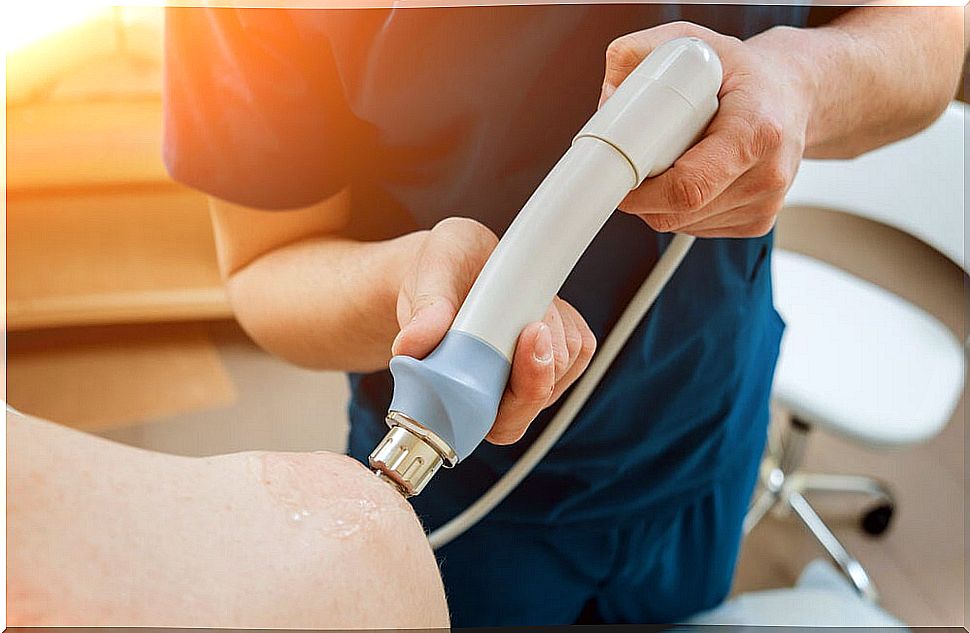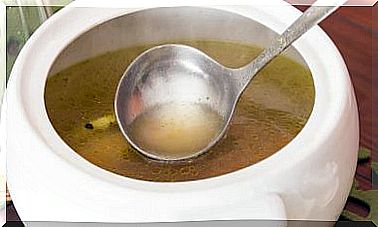Skin Cancer Treatment
Skin cancer treatment, when applied early, is usually effective against this disease. When planning it, the doctor will take into account a number of factors, including: type, size of the cancer, location, and extent.
Skin cancer is a tumor in which there is an uncontrolled proliferation of any of the skin cells. Each subtype of skin cancer has unique characteristics. The most common forms of skin cancer are: basal cell carcinoma, squamous cell carcinoma, and melanoma.
Diagnosis

After a thorough evaluation of the suspicious skin lesion (or skin spot), the doctor will palpate nearby lymph nodes. If there is any suspicion, the doctor will request a biopsy to confirm (or rule out) the diagnosis of skin cancer.
This is a quick and relatively simple procedure performed under local anesthesia. It can be a needle biopsy, in which a small sample of the skin lesion is collected, or an excisional biopsy, where the entire abnormal area is removed. You may also need additional tests, such as a lymph node biopsy, to see if it has spread.
In case of suspicion, the doctor may also recommend the patient to undergo a digital dermoscopy, especially if they have many moles or with atypical characteristics.
According to experts from the EGR Institute of Medicine portal, dermoscopy is a non-invasive technique that analyzes and stores a detailed image of moles, generating a map of the skin.
Types of skin cancer treatment
Depending on the patient’s state of health and how advanced the melanoma is and its location, the treatment that will be scheduled will be one or the other. Next, we will see the most considered options:
Surgery
Getting a biopsy often removes all skin cancer, which may be the only treatment needed. However, in some cases, if the affected area is large or has spread, more skin may need to be removed and a graft may be needed to cover the area.
Mohs surgery
It is a specialized form of skin cancer surgery. This method of micrographic surgery can be used to remove large, deep, or recurrent cancers. The process involves methodically removing visible skin cancer and a thin layer of tissue, staining and cutting the removed tissue into sections and plotting on a diagram.
The removed tissue is then prepared and examined under the microscope (which may take about an hour) to verify that the deep roots have been removed. The process is repeated until all the cancer is removed.
Cryotherapy
This technique uses extreme cold to treat precancerous skin conditions and some small skin cancers. Liquid nitrogen is applied to the tumor to freeze and kill abnormal cells. There may be some pain and redness after the area has thawed, and a blister may develop. A small white scar can remain on the treated area.
Curettage or diathermy
This is another form of surgery in which the doctor will numb the area with local anesthesia and, using a small, sharp spoon-shaped instrument called a curette, removes the affected area.
Often times, the doctor will use a diathermy instrument to pass an electrical current to the area to control bleeding and kill any remaining cancer cells. This technique often leaves a flat, light-colored scar.
Chemotherapy
It is a type of skin cancer treatment that is carried out with drugs, either pills or injections. It can be used to treat melanoma that has spread to other parts of the body.
Topical chemotherapy
In this technique, a cream medicine is applied directly to a precancerous lesion or sun spot. The cream is applied twice a day for several weeks, with the area reddened, followed by blistering, peeling, or cracking. However, this reaction is only temporary, and the treated skin will shed.
Radiotherapy
This technique is generally used for cancers that can be difficult to treat with surgery (for example, in the eyelids or nose), or if the person is not medically suitable for any type of surgery.
This type of skin cancer treatment uses high-energy x-rays to kill cancer cells. It often takes several treatments over several weeks to completely destroy the cells. This type of treatment can make the area red and sore, and can cause long-term changes in skin color or texture.
Immunomodifiers
There are creams that can be used as a treatment for some skin cancers (usually superficial basal cell carcinoma) and precancerous lesions. These stimulate the immune system to recognize and destroy cancer cells.
Photodynamic laser therapy
This technique involves the combined use of laser light and drugs to make cancer cells sensitive to light so that they can be killed by a follow-up laser treatment. This treatment is suitable for precancerous lesions and some superficial skin cancers.

Lymphadenectomy
This surgery is used to remove lymph nodes near the affected area. It can be done for squamous cell cancer or malignant melanoma.
P anorama
Skin cancer treatment has a high success rate if caught early. However, people who have already been treated for this disease have a higher than average risk of developing new skin cancers.
As such, it is extremely important that the person visit their doctor regularly for follow-up checkups. Skin cancer should not be neglected. The earlier it is diagnosed, the less invasive and more successful any type of skin cancer treatment will be.
The better informed a person is about moles, birthmarks, freckles, and other blemishes they already have, the more likely they are to recognize anything new or different about their skin, the sooner they can detect any type of irregularity in their skin and seek medical attention.
Prevention
To prevent skin cancer, everyone is advised to use sunscreen to care for their skin, which includes the regular application of sunscreen. Another very simple measure is to take nicotinamide (vitamin B3) to reduce the number of skin cancers (not melanoma).
On the other hand, it is important that everyone learns to practice self-examination of the skin, so that, if there is any irregularity, the person can go to the doctor soon and check up on time. Similarly, it is recommended to seek medical attention if you notice changing or increasing skin lesions.









